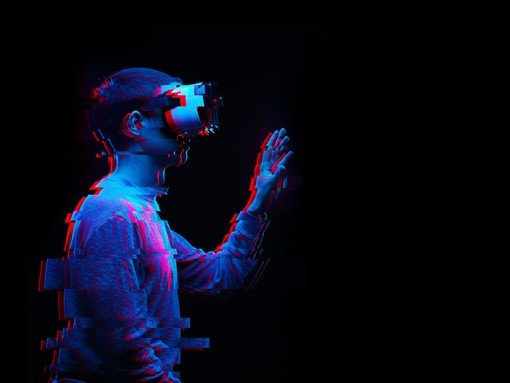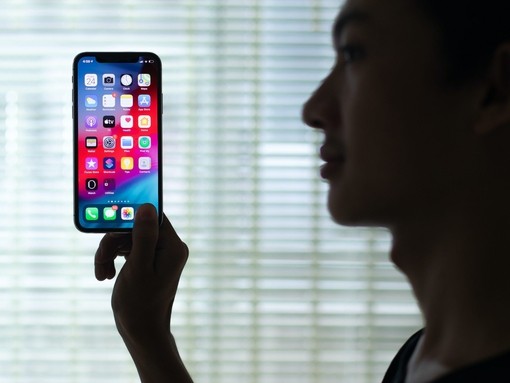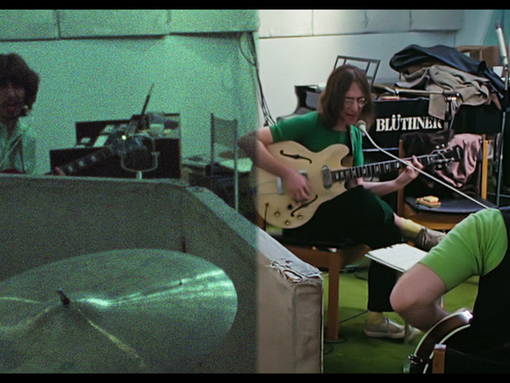
Sending data through beams of light? Everything you need to know about Li-Fi
The use of radio technology such as Wi-Fi and cellular touches almost all aspects of our everyday lives and significantly underpins many of the services upon which we rely. In today’s connected world, most households in the UK will have a broadband connection along with a mobile device. However, as our technology intake increases, so does the strain on our networks.
But what if there was a way to connect to the internet and benefit from a direct connection with much faster speeds? Li-Fi…

What is Li-Fi?
Li-Fi (Light Fidelity) is a mobile wireless communication technology that utilises light to transmit data between devices rather than radiofrequency. Li-Fi could hold the key to solving the challenges faced by 5G. By transmitting at multiple gigabits, it is deemed more reliable, virtually interference-free and uniquely more secure than radio technology such as Wi-Fi or cellular.
How does Li-Fi work?
It enables users to send and receive data through beams of LED light and has been dubbed the next generation of wireless that is ready for seamless integration into the 5G core. With Li-Fi, your light bulb is essentially your router. It uses common household LED light bulbs to enable data transfer, boasting speeds of up to 224 gigabits per second.
Check out the TED talks episode below where founder, Prof Harald Haas, demonstrates how a standard LED lamp could be used to transmit high-resolution video directly to a receiver placed just beneath the bulb.
What are the advantages of Li-Fi?
Li-Fi was developed almost a decade ago by Edinburgh University’s Prof Harald Haas. One of its main advantages is that its data spectrum for visible light is 1,000 times greater than the RF spectrum so there’s more capacity to drive bigger bandwidths and higher data rates. Li-Fi developers have already demonstrated speeds of 224Gbps in laboratory conditions and expect 1Gbps or above – around 100 times faster than conventional Wi-Fi – to become the norm. Because data can be contained within a tight area of illumination, there’s little risk of interference and it’s also highly secure: while radio waves penetrate through walls and can be intercepted, a beam of light is confined.
Its developers have already identified a number of potential scenarios in which could benefit from the technology. These range from its use in smart office spaces to providing domestic ‘hotspots’ in high-bandwidth areas such as living rooms and bedrooms.
Pure Li-Fi co-founder and CTO Mostafa Afgani explained:
“Where we can really bring a benefit is in the crowded radio spectrum where we see the launch of a new wireless LAN standard pretty much every year but fail to deliver those data rates in practice because there’s just so much RF noise and interference out there… By offering to shift that communication to a different band – the light band – we can now provide another wireless channel that can deliver those data rates over a medium that is much more reliable and can actually deliver the quoted data rates.”
What are the disadvantages of Li-Fi?
Li-Fi signals cannot pass through walls, so in order to enjoy full connectivity, capable LED bulbs will need to be placed throughout the home. Not to mention, Li-Fi requires the light bulb to be on at all times to provide connectivity, meaning that the lights will need to be on during the day. Not the most energy-efficient.
Clearly, despite all of its many advantages, light-based communication relies on line of sight to work, and for this reason, it’s viewed as a complementary technology to existing wireless solutions rather than a replacement.
Are you searching for a new role in the IT and Digital industry? Our specialist team is best placed to help you search for your next career in IT.
















